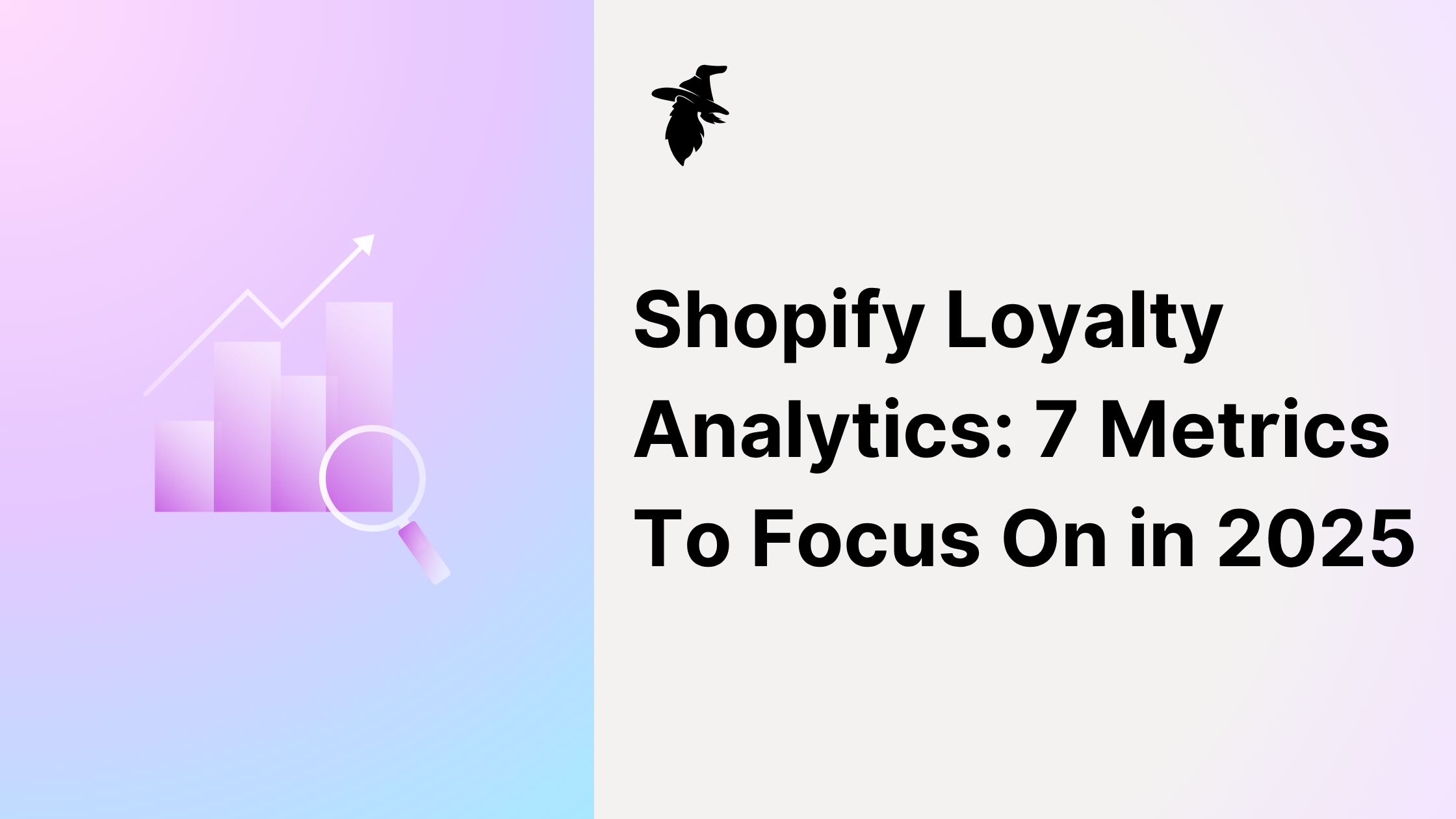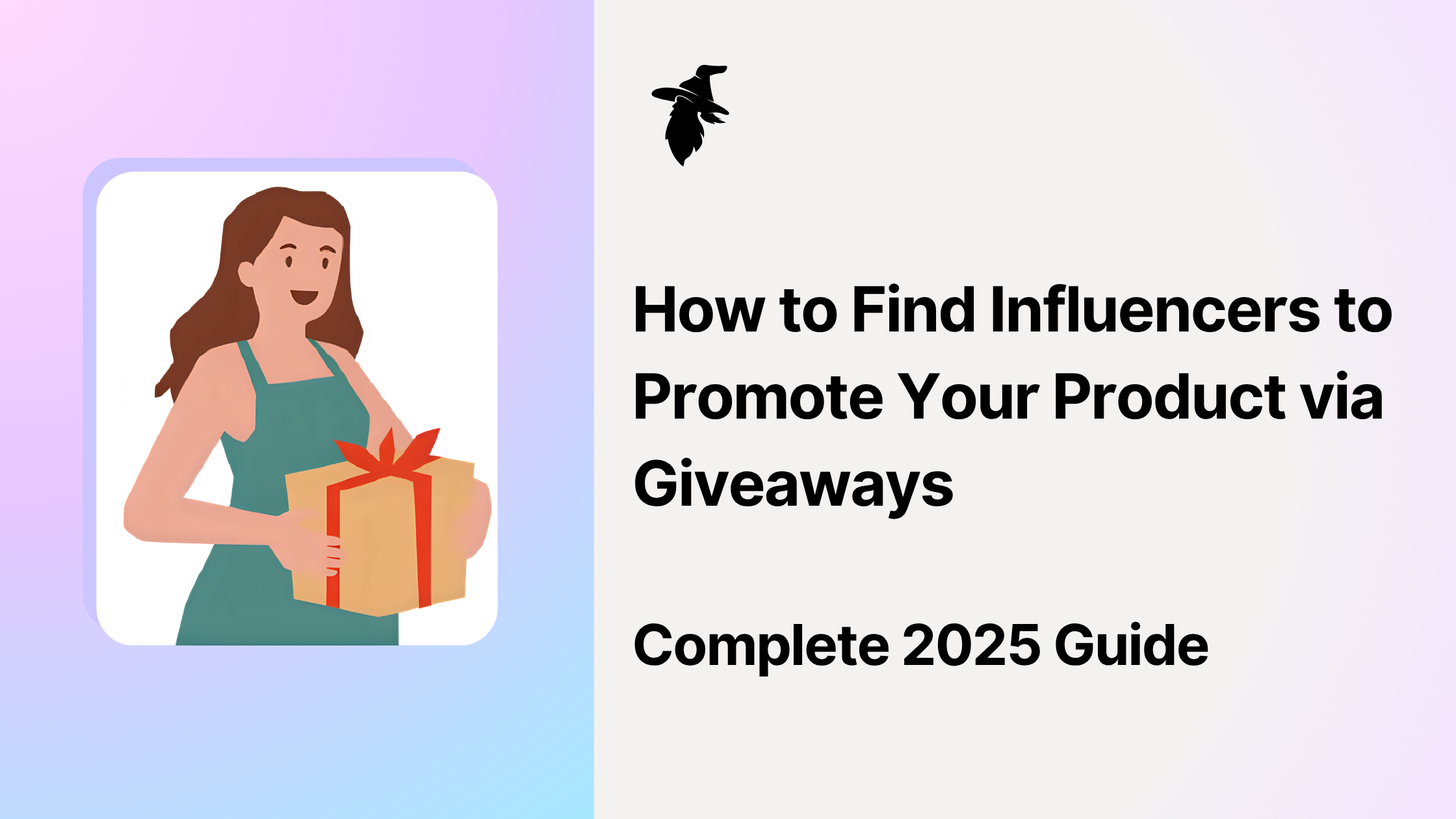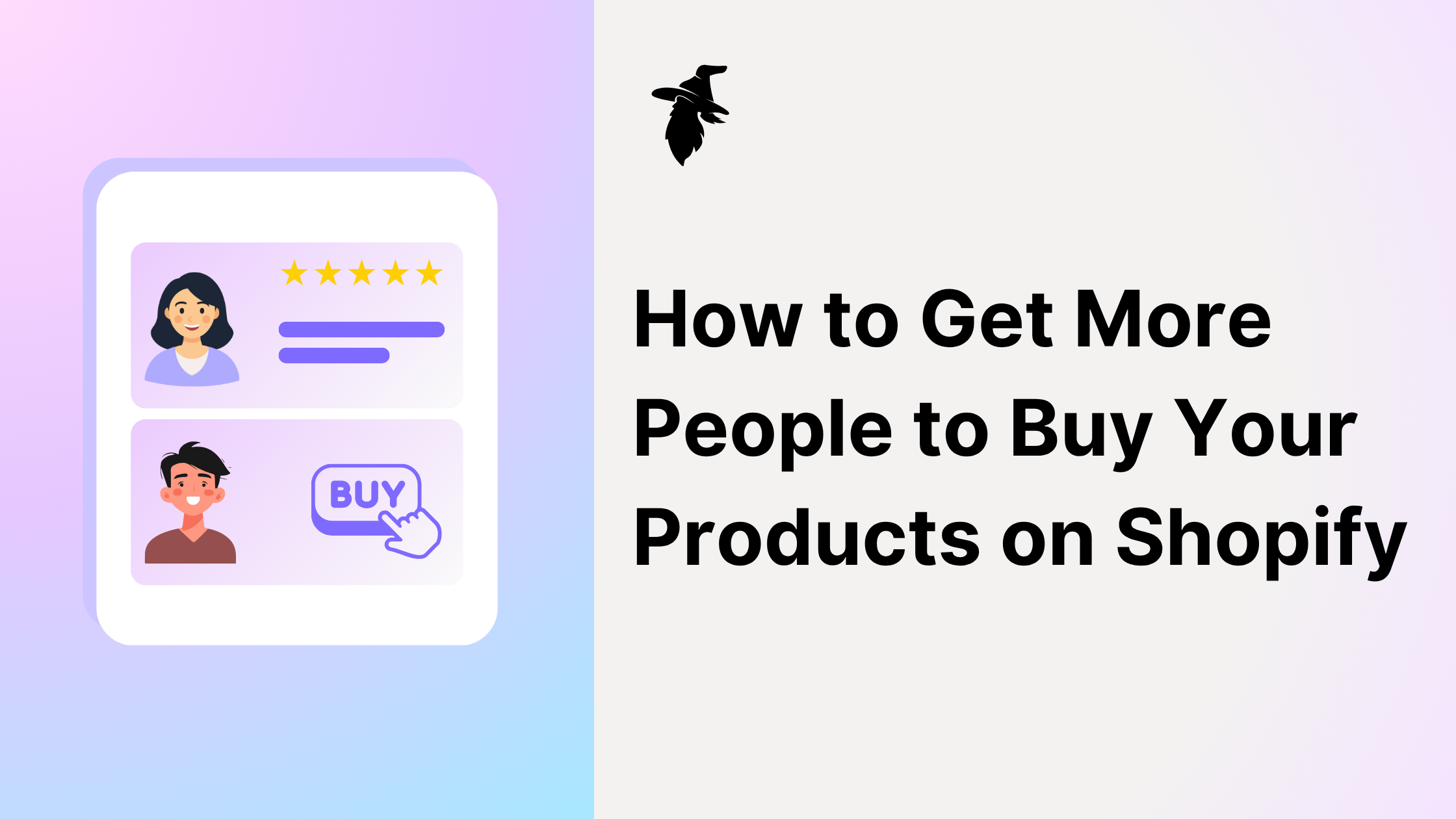Your fashion brand is bleeding customers to competitors who understand something you might be missing: one-time buyers don't build sustainable businesses, loyal customers do.
While you're spending hundreds or thousands on acquiring new customers through social media ads and influencer partnerships, your competitors are quietly building armies of repeat buyers who shop consistently, spend more per order, and actively promote their brands to friends and family. The harsh reality? In fashion's ultra-competitive landscape, brands without loyalty programs are fighting an uphill battle they're destined to lose.
The good news? A strategic fashion loyalty program like Loyalty Wizard can transform your business from costly customer acquisition to profitable retention. Brands leveraging loyalty programs often see a 25-95% boost in customer lifetime value (CLTV) and cut acquisition costs by up to 40%.
If you're ready to stop hemorrhaging customers to competitors and start building the sustainable, profitable fashion brand you've always envisioned, understanding these five critical benefits will show you exactly why a loyalty program isn't just nice to have—it's essential for survival and growth in today's fashion market.
1. Dramatically Increase Customer Lifetime Value (CLTV)
Customer lifetime value represents the total revenue you can expect from a single customer throughout their relationship with your brand. In fashion, where trends shift rapidly and customer attention spans are increasingly short, maximizing CLTV becomes crucial for sustainable profitability.
Fashion brands face a unique challenge: the average customer might love a particular item but then disappear for months before making another purchase. This sporadic buying behavior makes it difficult to predict revenue and build sustainable growth. However, loyalty programs fundamentally change this dynamic by creating systematic incentives for repeat purchases.
When customers earn points for every purchase, they develop a psychological investment in your brand that extends beyond individual products. This investment manifests in several measurable ways. First, loyalty program members typically make 2-3 times more purchases per year than non-members. Second, they tend to shop during off-peak seasons when you need revenue most, helping smooth out the seasonal fluctuations that plague many fashion brands.
The financial impact becomes even more significant when you consider average order values. Loyalty program members consistently spend 15-25% more per transaction because they're motivated to reach point thresholds or unlock exclusive tier benefits. For a fashion brand with an average order value of $75, this increase translates to an additional $11-19 per transaction from loyalty members.
Moreover, loyalty programs extend the customer relationship timeline. While typical fashion customers might make 2-3 purchases before churning, loyalty members often maintain active relationships for 2-3 years or longer. This extended engagement period multiplies the revenue potential from each acquired customer, making your customer acquisition investments far more profitable.
The compounding effect of these factors creates exponential CLTV growth. A customer who might typically generate $200 in lifetime value could easily generate $400-600 when engaged through a well-designed loyalty program. This increase doesn't require additional marketing spend—it simply maximizes the value of customers you've already acquired.
2. Transform Customers into Powerful Brand Advocates
Fashion is inherently social, and word-of-mouth recommendations carry exceptional weight in purchase decisions. Loyalty programs tap into this social dynamic by transforming satisfied customers into active brand advocates who generate new customers organically.
Traditional customer satisfaction creates passive brand loyalty—customers are happy but don't actively promote your brand. Loyalty programs create active brand loyalty by giving customers tangible reasons to share their positive experiences. When customers earn referral bonuses or social sharing points, they become invested in your brand's success because they directly benefit from promoting it.
This advocacy manifests in multiple channels that drive new customer acquisition. Loyalty members are significantly more likely to leave positive reviews, share products on social media, and recommend your brand to friends and family. Each of these actions generates high-quality leads that convert at much higher rates than traditional advertising.
The referral component becomes particularly powerful in fashion, where personal recommendations heavily influence purchase decisions. When a loyalty member refers a friend, both parties typically receive rewards, creating a win-win scenario that encourages continued sharing. These referred customers often become loyal members themselves, creating a viral growth effect that compounds over time.
Social media amplification represents another significant advocacy benefit. Loyalty programs can reward customers for posting about their purchases, creating authentic user-generated content that serves as powerful social proof. This content reaches the customers' networks organically, exposing your brand to potential customers who already trust the person making the recommendation.
The financial impact of this advocacy extends well beyond immediate sales. Referred customers typically have higher lifetime values than customers acquired through paid advertising because they start with pre-existing trust and positive associations with your brand. Additionally, the cost of acquiring these customers is significantly lower since you're only paying rewards rather than advertising fees.
Fashion brands with robust referral components in their loyalty programs often see 20-40% of new customers coming through referrals, dramatically reducing their overall customer acquisition costs while improving the quality of newly acquired customers.
3. Unlock Valuable Customer Data for Personalization
Data represents the competitive advantage that separates thriving fashion brands from those that struggle to connect with their audience. Loyalty programs create a systematic mechanism for collecting rich, behavioral data that enables sophisticated personalization strategies impossible to achieve otherwise.
Every interaction within a loyalty program generates valuable data points: purchase frequency, product preferences, seasonal shopping patterns, price sensitivity, and engagement preferences. This data accumulates over time, creating detailed customer profiles that reveal not just what customers buy, but why, when, and how they make purchase decisions.
Fashion brands can leverage this data to create highly targeted marketing campaigns that resonate with individual customer segments. Instead of sending generic promotions to your entire email list, you can send personalized recommendations based on past purchases, browsing behavior, and expressed preferences. This personalization dramatically improves conversion rates while reducing the feeling of promotional spam that drives customers away.
The data also enables predictive analytics that help anticipate customer needs. By analyzing purchase patterns, you can identify when customers are likely to need replacement items, complementary products, or seasonal updates to their wardrobes. This predictive capability allows you to reach out with relevant offers at the optimal moment, significantly improving conversion rates.
Inventory management becomes more strategic with loyalty program data. Understanding which products resonate with your most valuable customers helps inform purchasing decisions, seasonal planning, and new product development. You can identify trends early among your loyalty members and adjust inventory accordingly, reducing markdowns while ensuring popular items remain in stock.
Customer segmentation becomes far more sophisticated with loyalty program data. You can identify high-value customers who respond to premium positioning, price-sensitive customers who prefer promotional offers, and trend-focused customers who want early access to new collections. Each segment receives tailored communications and offers that match their preferences and behaviors.
The personalization enabled by this data creates a competitive moat that's difficult for competitors to replicate. As customers receive increasingly relevant recommendations and offers, their satisfaction and loyalty deepen, making them less likely to explore alternatives even when presented with competitive offers.
4. Significantly Reduce Customer Acquisition Costs
Customer acquisition costs continue rising across all digital marketing channels, making retention-focused strategies increasingly valuable for fashion brands. Loyalty programs directly address this challenge by maximizing the value extracted from existing customers while creating organic growth channels that reduce dependence on paid advertising.
The mathematics of customer acquisition versus retention strongly favor loyalty programs. Acquiring a new customer can typically cost 5-25 times more than retaining an existing one, depending on your industry and marketing channels. For fashion brands competing in crowded social media advertising spaces, these costs continue escalating as more brands compete for the same audience attention.
Loyalty programs flip this dynamic by focusing investment on customers you've already acquired. Instead of constantly spending to find new customers, you invest in deepening relationships with existing ones. This investment typically generates higher returns because loyalty members spend more frequently and in larger amounts than average customers.
The retention impact compounds over time. Each month a customer remains active reduces the effective acquisition cost of that customer. A customer acquired for $50 who makes two purchases has an effective acquisition cost of $25 per purchase. If loyalty program engagement extends their relationship to six purchases, the effective acquisition cost drops to approximately $8 per purchase.
Organic growth through referrals further reduces acquisition costs. When loyalty members refer new customers, you're essentially paying rewards instead of advertising fees. These referral rewards typically cost 30-50% less than equivalent customer acquisition through paid advertising, while generating customers with higher lifetime values.
The data and insights generated by loyalty programs also improve the efficiency of paid acquisition efforts. Understanding which customer types generate the highest lifetime values allows you to optimize advertising targeting and messaging for similar prospects. This optimization improves conversion rates while reducing wasted ad spend on low-value prospects.
Fashion brands implementing comprehensive loyalty programs often see overall customer acquisition costs decrease by 25-40% within the first year, while simultaneously improving the quality and lifetime value of acquired customers.
5. Create Powerful Competitive Differentiation
The fashion market's saturation means that product quality and pricing alone rarely provide sustainable competitive advantages. Loyalty programs create differentiation that's difficult for competitors to replicate quickly while building customer relationships that extend beyond individual transactions.
When customers accumulate points or achieve VIP status with your brand, they develop switching costs that make competitive offers less attractive. Even if a competitor offers a similar product at a lower price, loyalty members must weigh that discount against the rewards they'd forfeit by shopping elsewhere. This calculation often favors staying with your brand, providing insulation against competitive pricing pressure.
The experiential benefits of loyalty programs—early access to new collections, exclusive events, personalized styling services—create value propositions that go beyond products themselves. These experiences become associated with your brand specifically, making it difficult for customers to find equivalent value elsewhere.
Tiered loyalty programs create aspirational goals that keep customers engaged over extended periods. When customers are working toward VIP status or exclusive benefits, they're motivated to concentrate their fashion spending with your brand rather than dispersing it among multiple retailers. This concentration effect increases their lifetime value while reducing their engagement with competitors.
The community aspect of loyalty programs also creates competitive differentiation. Members often develop emotional connections to the brand community and the status associated with their membership. These emotional connections transcend rational purchase decisions and create brand loyalty that withstands competitive pressures.
Fashion brands with well-established loyalty programs often find that competitors struggle to win away their best customers even with aggressive promotional offers. The combination of accumulated rewards, tier status, and community connection creates a comprehensive value proposition that's difficult to match through pricing or product features alone.
Implementation Success with Loyalty Wizard
The benefits outlined above require a loyalty program platform that understands fashion brands' unique needs and challenges. Generic loyalty solutions often fall short because they don't account for fashion's seasonal nature, trend-driven customer behavior, and the importance of social sharing in purchase decisions.
Loyalty Wizard provides fashion brands with a comprehensive Shopify solution designed specifically for retail businesses. The platform includes customizable points systems that reward not just purchases but also social engagement, referrals, and other valuable customer behaviors. VIP tier systems create aspirational goals that keep customers engaged long-term, while detailed analytics provide the customer insights necessary for effective personalization.
The platform's integration with Shopify ensures seamless implementation without technical complications, allowing fashion brands to launch sophisticated loyalty programs in minutes rather than months. This quick deployment means you can start capturing the benefits of customer retention while competitors are still planning their programs.
Ready to transform one-time buyers into loyal brand champions? Loyalty Wizard makes it effortless to build the retention-focused business your fashion brand needs to thrive in today's competitive market.
Stop losing customers to competitors—turn one-time buyers into lifetime revenue.
You've seen exactly how profitable loyalty programs transform fashion businesses. While your competitors capture repeat purchases, are you still chasing expensive new customers?
Loyalty Wizard makes it effortless to build the fashion loyalty program your customers actually want. Our complete Shopify solution includes everything you need: points systems, VIP tiers, referral rewards, and detailed analytics—all without the technical headaches.
See your potential ROI instantly with our free calculator, then implement your program in minutes, not months.
Get started today 100% Free - No setup fees, no long-term contracts, no risk.





